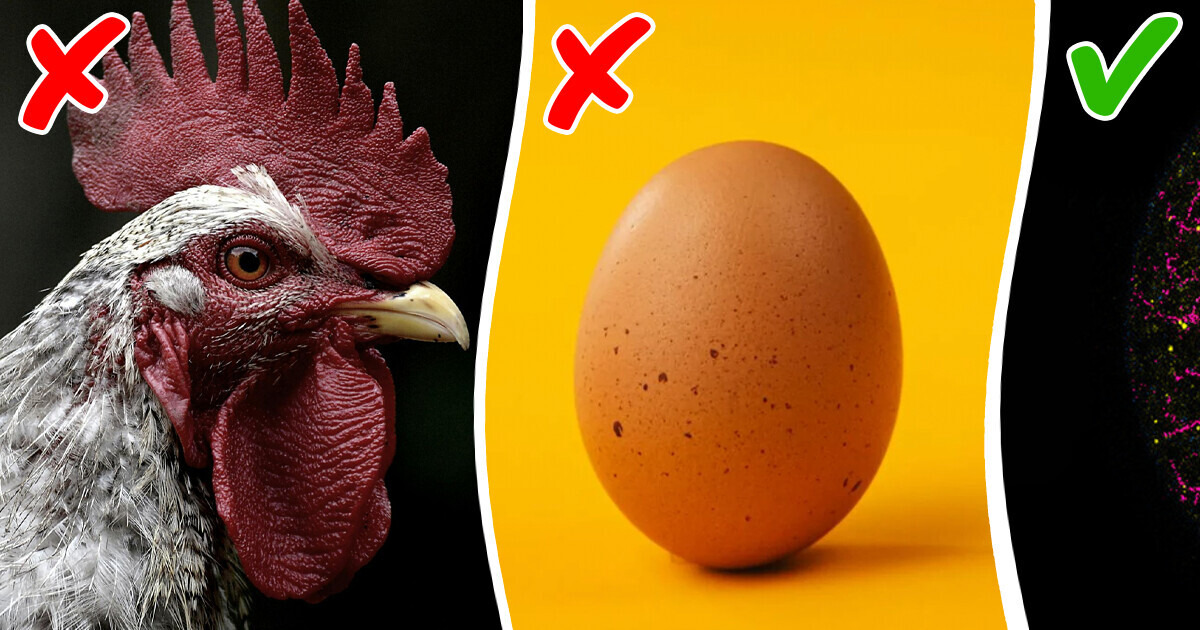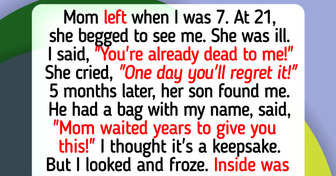I Have to Tolerate My In-Laws’ Entitled Behavior Because They Helped Us With Money


A recent discovery gives a fascinating new twist to the classic “chicken or egg” question that has puzzled people for centuries. It suggests that the biological processes needed for embryo development were already in place long before the first animals or their eggs appeared. This finding changes what we thought we knew about the timeline of evolution and shows how complex early life on Earth really was.
According to a group of researchers, a single-celled organism dwelling in the sediment of shallow seas shows remarkable similarities to animal embryos during reproduction. Its method of self-division closely mirrors the process of embryonic cell division.
The organism under discussion is a microbe known as Chromosphaera perkinsii. Having existed for over a billion years—predating the emergence of the first animals—it implies that life devised the biological framework for eggs well before eggs themselves appeared.
Omaya Dudin, biochemist at the Swiss Federal Institute of Technology, explained, “Although C. perkinsii is a unicellular species, this behavior shows that multicellular coordination and differentiation processes are already present in the species, well before the first animals appeared on Earth.”
All multicellular animals begin their existence in a similar manner. Two gametes come together and fuse, initiating a process of cell division and development. The earliest phase of this process, known as cleavage, involves rapid cell division occurring in quick succession without any increase in size,
a process known as palintomy. The outcome of this process is a cluster of cells with a hollow center, resembling a raspberry, known as the blastula.
Interestingly, a similar process is observed in unicellular organisms as a method of reproduction. In these cases, the organism divides into several daughter cells, which then separate and function independently. Scientists have previously noted parallels between these phenomena.
In fact, a study published earlier this year suggested that Ichthyosporeans could serve as a valuable model for exploring the origins of animals. This is because Ichthyosporeans belong to a group of unicellular organisms that branched off over a billion years ago from the lineage that eventually gave rise to animals. While they are not classified as animals, they share a close evolutionary relationship. Any similarities between Ichthyosporeans and animals are likely traits inherited from a common ancestor prior to the divergence of their evolutionary paths.
Earlier this year, a team of scientists headed by biochemist Marine Olivetta from the University of Geneva published a study showing that C. perkinsii reproduces through a process called palintomy, which is similar to how animal cells divide during mitosis.
Meanwhile, Dudin and his team focused on C. perkinsii—one of the few Ichthyosporeans that isn’t a parasite—and compared it to other organisms in the same group to find more similarities between palintomic reproduction and the early stages of animal development.
They found that after dividing through palintomy, C. perkinsii forms a cluster of cells similar to an animal blastula. This cluster contains at least two distinct types of cells. The colony stays in this blastula-like form for a large part of its life before the cells eventually break apart and move independently.
The process is strikingly similar to the way an animal embryo develops. This indicates that such development might be a shared ancestral trait between animals and Ichthyosporea, suggesting that the genetic blueprint for embryonic development existed even before embryos themselves evolved.
However, nature is great at reusing successful ideas. Sometimes, similar traits or processes appear in completely different organisms by chance, a phenomenon called convergent evolution. The way C. perkinsii develops and forms cell clusters is unusual and hasn’t been seen in other Ichthyosporeans. In fact, aside from a few scattered observations, no close relatives of animals show development like that of an animal embryo or C. perkinsii. This raises the possibility that convergent evolution could explain it, though it’s also possible they share a common ancestor.
Either way, this discovery is exciting. C. perkinsii might help us understand how animals first evolved, or it could show that early life had far more flexible genetic tools than we previously realized.
If you’re fascinated by unconventional scientific discoveries, read this article to learn about a recent finding that reveals plants actually produce sounds when they are cut.











